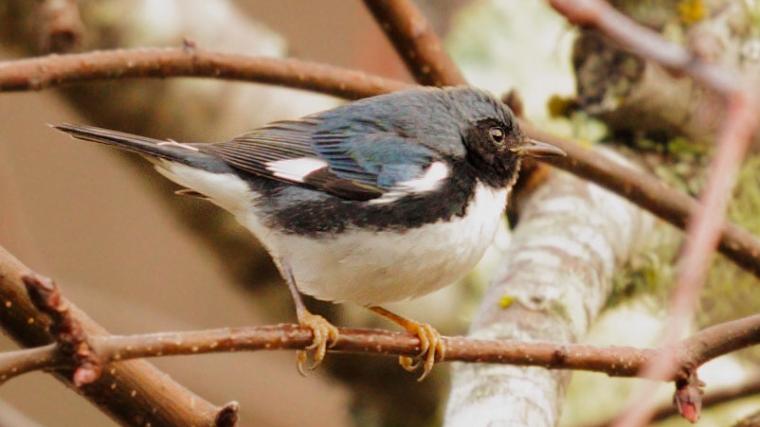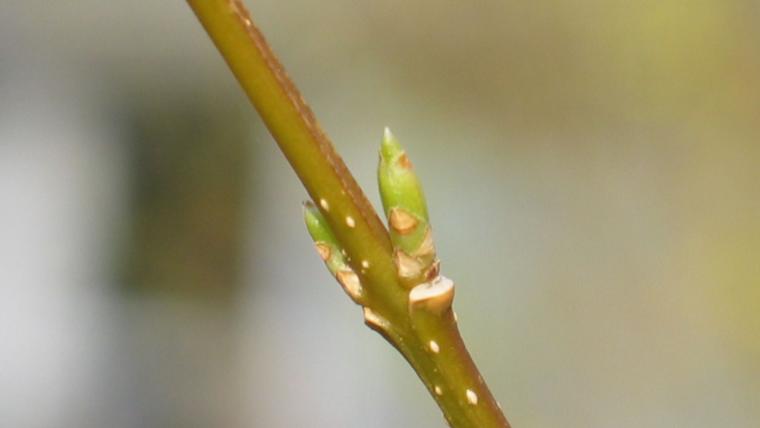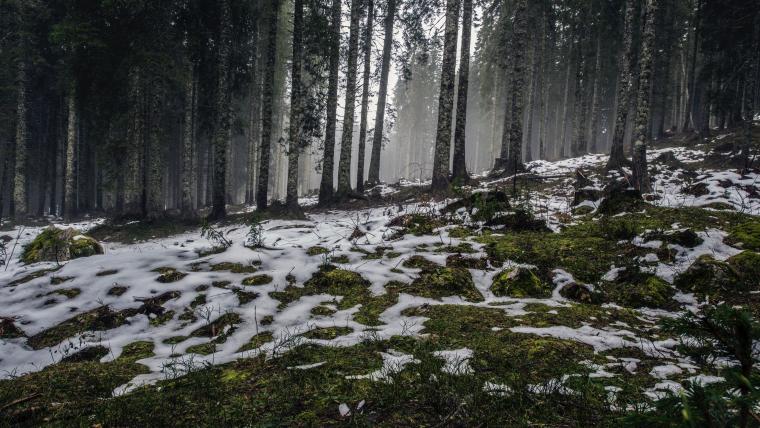
Herbarium records provide insight to flowering phenology in the Southeast U.S.
Thu, Feb 18, 2016
Flowering in sub-tropical regions is thought to be more sensitive to temperature than precipitation, though this has not been widely studied. The authors of this study looked at herbarium records of over 1700 native herbaceous flowering plant species from South Carolina from 1951 to 2009. They found plants with early spring, late spring, and summer flowering were all responsive to increasing February and March temperatures.








